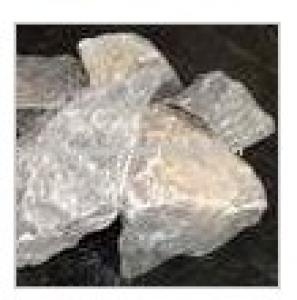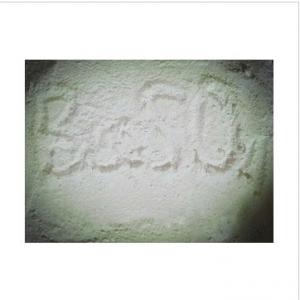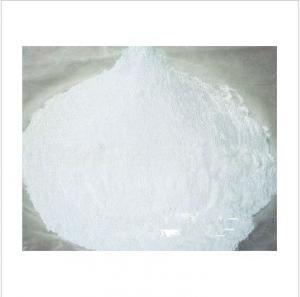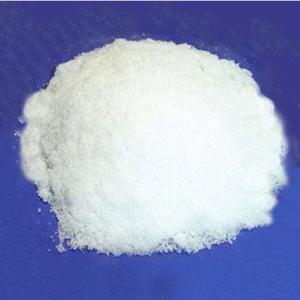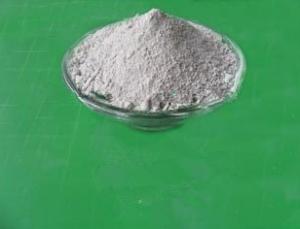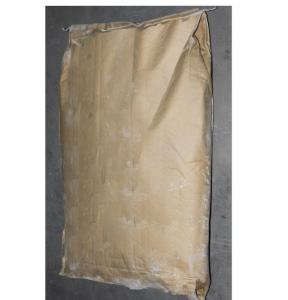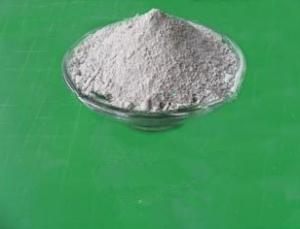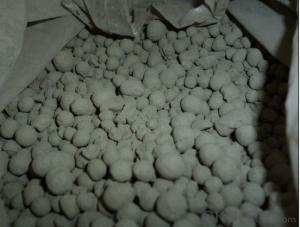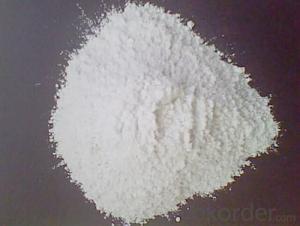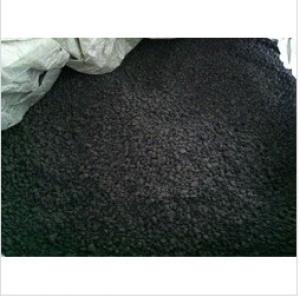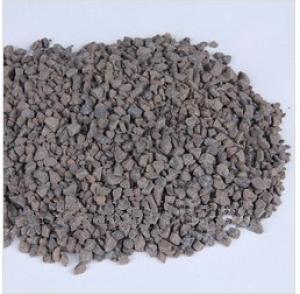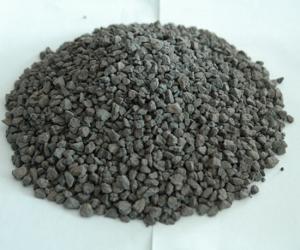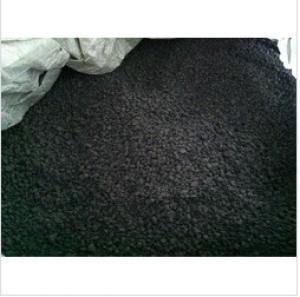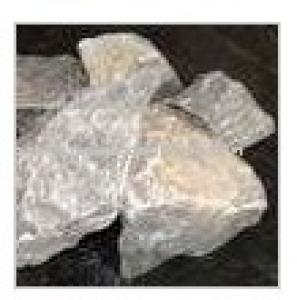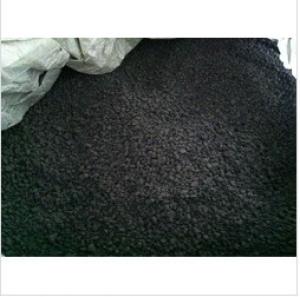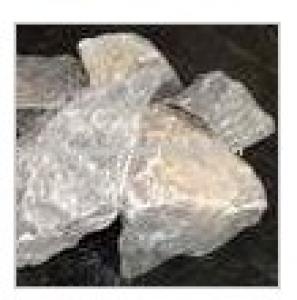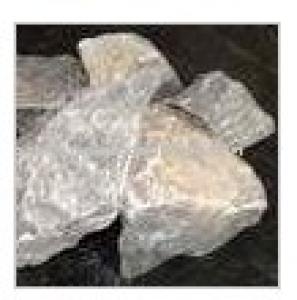High Quality Dolomite Stones
- Loading Port:
- China Main Port
- Payment Terms:
- TT or LC
- Min Order Qty:
- any m.t.
- Supply Capability:
- any m.t./month
OKorder Service Pledge
Quality Product, Order Online Tracking, Timely Delivery
OKorder Financial Service
Credit Rating, Credit Services, Credit Purchasing
You Might Also Like
Detailed Product Description
1) High quality dolomite stone
2) Reasonable price
3) Delivery on time
- Natural Dolomite Stones
Offering DOLOMITE: Gr-I: Sio2:0.40% CaO:23.03%; Mgo:19.19%; Al2o3:0.43%;Gr-II: Sio2:0.5%; Cao:45.08%; Mgo:9.1%;Gr-III: Sio2:1.21%; Cao:44.35%; Mgo:9.09%; Al2o3:0.31%.We can supply all sizes required by the customer.At present we are supplying to various parts of world. We want prospective buyers.
- Q:what should i use sand or crushed coral what is better and why please
- Um. As you noted, each has pros and cons, so it really comes down to personal preference. Most people go with sand-- either oolitic, dolomite, or coral-- simply because it looks better suited to a marine tank. However, these also provide you with many of the benefits of coarser coral gravel. Nearly all marine substrates will slowly (VERY slowly) dissolve, releasing hardening constituents (calcium/magnesium carbonate/bicarbonate), which helps to stabilize the pH. With sand, the finer particles allow anaerobic areas to develop, which can be good or bad. These anaerobic patches can be home to denitrifying bacteria that convert nitrate (from fish waste) to harmless nitrogen gas, or if it's a dirty (containing organic matter) substrate, toxic hydrogen sulfide gas. As long as you don't have food or poop collecting under the sand, there is little risk of the latter. With larger grains, you won't get this advantage (or disadvantage). Sand can be harder to clean if you're not used to it, but when you get the hang of it, you'll find gravels an awful substrate (larger substrates hide the waste, allowing it to rot). Sand is also easier on digging animals (fish, snails, etc.). Really, I'd go with sand. the benefits greatly outway the downsides. EDIT: Larger particles PREVENT burrowing, as they are more difficult to move and likely sharper than small grains of sand. Also, as the animals burrow through the sand, they aerate it themselves. Any sand or rock in a tank will become live over time, as their surfaces are colonized by the same bacteria you'd find on storebought live sand.
- Q:The person with the most words, gets best answer! You have to show me the words thoughGood Luck :)No copying from one another or cheating
- a, abet, able, about, ace, act, ade, aid, am, amble, amid, as, ate, babe, bale, bat, bad, bade, bat, bid, bit, bite, blue, bluets, boat, bob, bode, boil, bole, bomb, boot, bout, bum, bumble, bus, bust, bustle, but, cab, cad, calm, came, cast, cat, cite, clad, clam, clot, clout, coat, cob, cobble, coil, cool, comb, come, coot, cost, costume, cot, cud, cult, custom, cut, cute, dale, dame, date, deal, dibble, die, diet, dilate, dim, disc, doe, dole, dub, duel, dues, duet, dumb, id, ideal, I'm, is, isolate, it, lab, lamb, late, lid, limb, loam, lob, lobate, locate, lode, loot, lost, lout, maim, male, malt, mast, mate, melt, mice, mist, mite, moat, mob, mod, model, modulate, mole, molt, most, mot, mouse, mud, mule, muscle, mute, oat, oil, oust, out, outcome sable, sac, sad, sale, same, sat, sate, scab, scale, scam, scat, scum, scut, seal, seat, sect, set, side, site, sob, sod, sole, some, soot, sot, soul, suet, tab, table, tame, tale, tic, tide, tie, tile, time, tomb, too, tool usable, use
- Q:I want to put soapstone counters in my kitchen but getting conflicting reports as to durability. Any input?
- Soapstone is really soft and will get nicks and scratches. But, that's how it's supposed to look. Like an old leather briefcase with some scuffs and worn spots, it's all part of the character. If you prefer a material that stays the same and doesn't age, maybe you really want granite.
- Q:dolomite spyne versus dolomite hd?
- they want you to ask/answer questions but then when someone complains about it they delete your question/answer just because What is the point of answering/ asking question if I know I will get deleted if someone don't agree with my points of views? also why do people ask question if they don't want to hear the truth?
- Q:2.75 g sample of dolomite containing CaCO3 and MgCO3 is dissolved in 80 cm3 of 1M HCl solution. The solution is then diluted to 250 cm3. 25 cm3 of this solution requires 20 cm3 of 0.1M NaOH solution for complete neutralisation. Calculate the % composition of the sample.Please show how its worked out
- NaOH + HCl ------ NaCl + H2O Number of moles for HCl 1M * 0.08 dm3 (divide by 1000 for the volume as you work with dm3/L not mL/cm3 in the process of titration) 0.08 mol in original sample NaOH is the limiting reagent and HCl is in excess. Number of moles for NaOH in diluted sample 0.1 M * 0.02 dm3 (divide by 1000 for the volume as you work with dm3/L not mL/cm3 in the process of titration) 0.002 mol in diluted sample. Ratio of HCl and NaOH is 1:1 so number of moles for HCl is the same, 0.002 mol in diluted sample. To reach the original sample, we multiply 0.002 mol by (250/25) 0.02 mol of HCl in original sample Amount of HCl reacted with CaCO3 and MgCO3 Excess - amount reacted with NaOH 0.08 mol - 0.02 mol 0.06 moles reacted with CaCO3 and MgCO3 Refer to balanced equation: MgCO3 + CaCO3 + 4HCl -------------- MgCl2 + CaCl2 + 2H2O + 2CO2 Ratio of MgCO3 CaCO3 between HCl is 1:4, this means that if we want the number of moles for MgCO3 or CaCO3 we have to divide by 4 since there is 4 HCl's and 1 of each CaCO3 and MgCO3 so MgCO3 0.06 mol / 4 0.015 moles and CaCO3 being the same 0.06 mol / 4 0.015 moles mass number of moles * molar mass mass for MgCO3 0.015 moles * 84.3139 g/mol 1.26 grams (3sf) mass for CaCO3 0.015 moles * 100.0869 g/mol 1.50 grams (3sf) % yield for MgCO3 1.26 g / 2.75 g * 100 45.8 % % yield for CaCO3 1.50 g / 2.75 g * 100 54.5 % Hope this helps!! :)
- Q:I am looking for a way to make turf paint for my backyard. I am making a whiffle ball field with the left and right field lines being about 150 feet from home-plate and center field around 175 feet. I dont want to buy expensive turf paint but am looking for a way to make some. Thought about white spray paint, but will that kill the grass? More of a powdered paint would probably be better. Any ideas would be great. Thanks
- Mikey, You could use dolomite lime. It's good for your lawn anyway. After the game, rake it out into the surrounding grass. Not to worry, it's not like fertilizer, it won't leave a deep green grass mark later. Dolomite lime is about 3 dollars for a 10 lb bag. You should be able to mark out your lines pretty good with a few bags. Bertram
- Q:what do I need to start a salt water fish tank and how much would it cost. to strat.?
- This Site Might Help You. RE: How to Connect PVC Pipe to Copper Pipe? PVC piping was utilized on one of our project for chilled water piping (42-56 degree). it appears there are leakegaes at the joints. could you tell me how we need to install PVC Sch 40 pipe to copper pipe without any leakages. or why connection leaks? I need some Tips Warnings.
- Q:Two non silicate non metallic minerals most commonly found in sedimentary rocks are?
- calcite CACO3 dolomite MGCO3
- Q:Extracting or finding, magnesium from or in housewhole products like, toys, milk of magnesia, epsom salt, and other things.
- If you want to take magnesium just buy the supplements.
- Q:does garden lime come in different pH levels?
- No. There is regular garden lime (calcium carbonate) and there is dolomite lime (calcium magnesium carbonate). The are really no free hydrogen ions in either one of them. so they don't really HAVE a pH until you put them into solution with water. The way lime works is that when it sits in acid soil (with water) it changes some of the hydrogen ions in the soil (which make it acid) into more water and CO2.
We have mastered our profession and have deep understanding of the market as well as the various processes which are engaged in extraction of these minerals. All these minerals are extracted on the basis of geographical location, climatic conditions as well as soil. The vermiculite is mined and refined using a variety of techniques and supplied commercially in a range of particle size grades of vermiculite concentrate. We have a clear understanding of the industry and the market where our minerals find their usage.
1. Manufacturer Overview |
|
|---|---|
| Location | Tamil Nadu,India |
| Year Established | 1984 |
| Annual Output Value | |
| Main Markets | North America South America Eastern Europe Southeast Asia Africa Oceania Mid East Eastern Asia Western Europe |
| Company Certifications | |
2. Manufacturer Certificates |
|
|---|---|
| a) Certification Name | |
| Range | |
| Reference | |
| Validity Period | |
3. Manufacturer Capability |
|
|---|---|
| a)Trade Capacity | |
| Nearest Port | |
| Export Percentage | 81% - 90% |
| No.of Employees in Trade Department | |
| Language Spoken: | |
| b)Factory Information | |
| Factory Size: | 5,000-10,000 square meters |
| No. of Production Lines | 1 |
| Contract Manufacturing | OEM Service Offered |
| Product Price Range | |
Send your message to us
High Quality Dolomite Stones
- Loading Port:
- China Main Port
- Payment Terms:
- TT or LC
- Min Order Qty:
- any m.t.
- Supply Capability:
- any m.t./month
OKorder Service Pledge
Quality Product, Order Online Tracking, Timely Delivery
OKorder Financial Service
Credit Rating, Credit Services, Credit Purchasing
Similar products
New products
Hot products
Hot Searches
Related keywords
